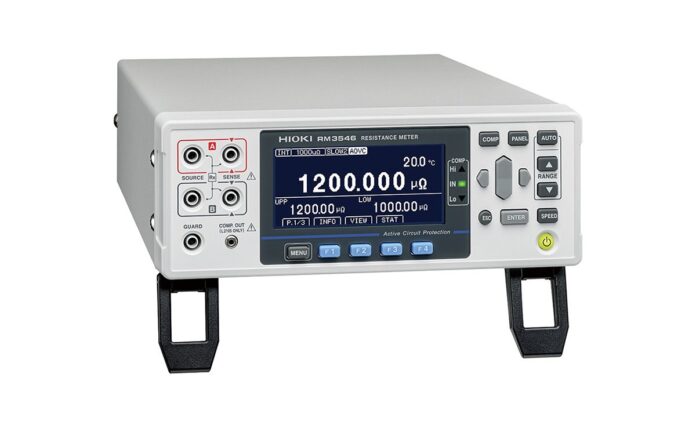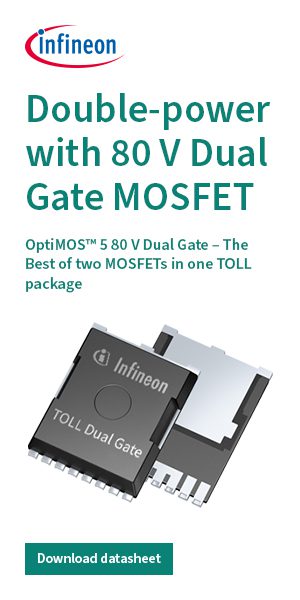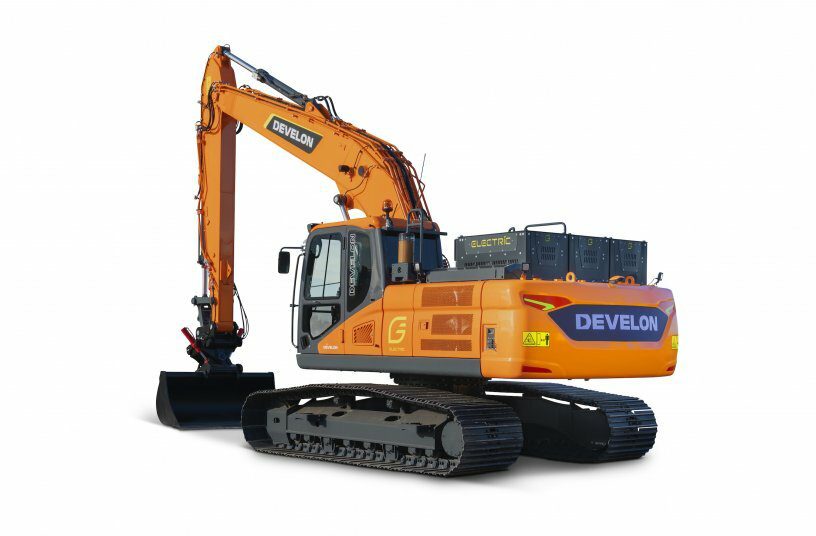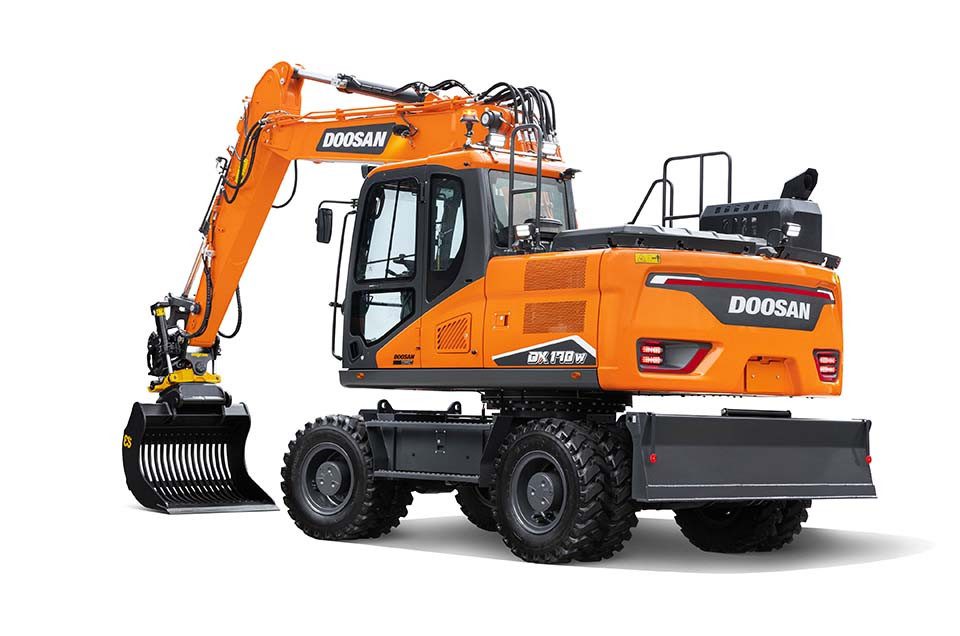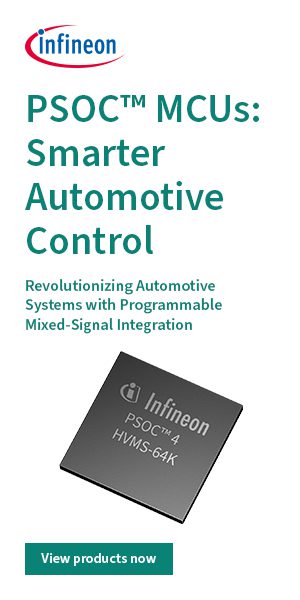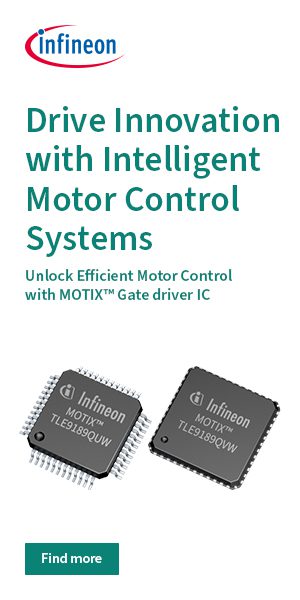Hioki has announced the RM3546 Resistance Meter, a high-precision measurement instrument designed for electric vehicle and energy storage system battery manufacturing. The RM3546 targets nanohm-class resistance measurement, supporting the growing quality demands of high-volume battery production lines.
The RM3546 offers 1-nanohm resolution within a 1,000 microohm range, using the Advanced-Offset Voltage Correction (A-OVC) feature to suppress thermal noise that can destabilize low-resistance measurements. This enables precise weld quality control for busbars and connections critical to EV and ESS battery packs throughout research and development, prototyping, and mass production.
To address the risks of accidental probe contact with energized components, the RM3546 integrates Active Circuit Protection, allowing it to withstand DC voltages up to 60 V. Hioki says this protection reduces instrument failure and unplanned downtime on high-voltage battery production lines.
The meter features a path-resistance tolerance of up to 9 ohms in 500-milliamp mode, enabling stable measurements even with long cables, multiple relays, or worn probes—conditions commonly encountered in large-scale automation. The instrument supports integration with Hioki multiplexer systems and includes an internal multiplexer board option for flexible, multi-channel inline inspection.
For post-weld evaluation, the Advanced-Temperature Correction (A-TC) function—used in combination with Hioki’s PC application—permits accurate resistance measurement within seconds after welding, minimizing cooling delays and improving production takt time. Hioki identifies the main applications for battery research and development, inline inspection of battery-pack welding and verification of cell-to-cell and fuse resistance.
Additional uses include EV charging infrastructure components and power distribution systems in industrial contexts.
Source: Hioki
